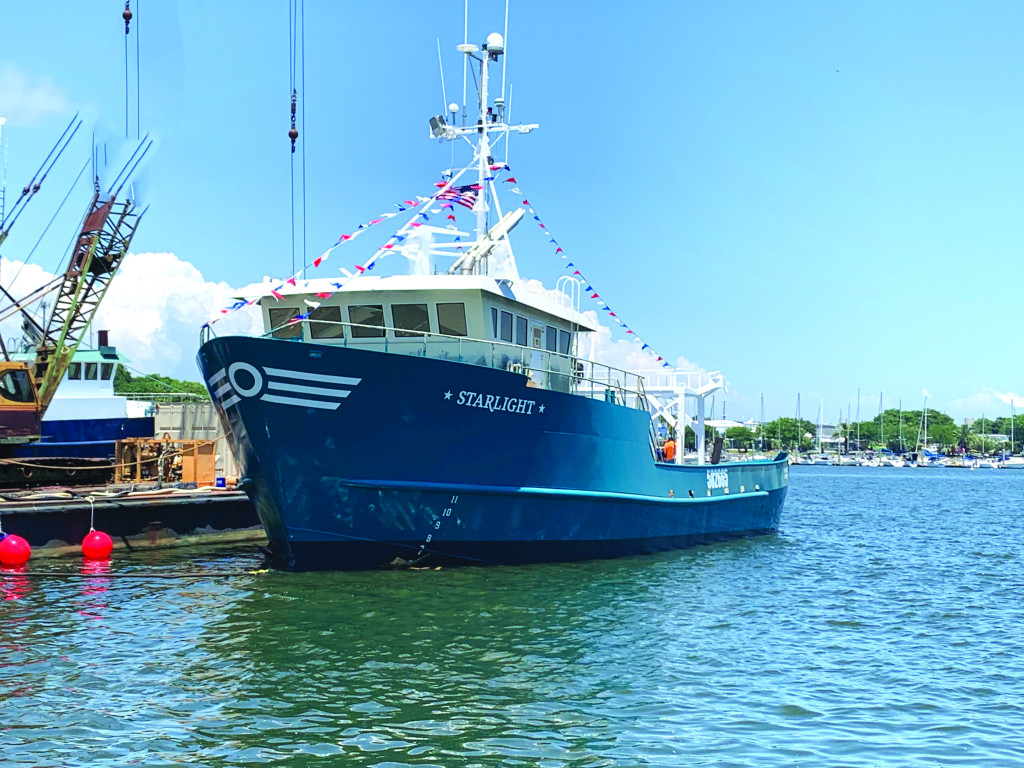U.S. Secretary of Commerce Gina Raimondo announced a disaster declaration for the 2019 Atlantic herring fishery on Monday, Nov. 22.
“With this determination, we proudly support our fishing industry and will work with the affected communities to help them get back on track,” said Raimondo. “Resilient and sustainable fisheries are not only essential to our coastal communities, but play a vital role in supporting our blue economy and our nation’s overall economic wellbeing.”
The herring fishery historically supplied the bulk of the bait for the Northeast lobster fishery. In 2019, NMFS announced a 70 percent reduction in the catch quota, which left fishermen and bait suppliers scrambling for alternatives. The most complicating factor being that all bait species and types must be approved by NMFS. The herring fishery is based primarily in Maine and Massachusetts.
In 2018, 43,878 metric tons were landed. But by 2019, the landings were slashed down to 12,998 mt (valued at $9.72 million). 2020 landings were 9,368.5 mt (valued at $6.77 million), according to NOAA economist Min-Yang Lee.
In 2018, the Northeast Fisheries Science Center published a new stock assessment that “concluded that although herring was not overfished and overfishing was not occurring in 2017, poor recruitment would likely result in a substantial decline in herring biomass. The stock assessment estimated that recruitment had been at historic lows during the most recent 5 years (2013-2017). The assessment projected that biomass could increase, after reaching a low in 2019, if recruitment returns to average levels, but that herring catch would need to be reduced, starting in 2018, to prevent overfishing and lower the risk of the stock becoming overfished,” according to a NOAA rule announced in the Federal Register.
“Fishery disasters don’t just impact local communities — they ripple out into the broader economy impacting consumers and businesses far beyond the coast,” Raimondo said.
Fishery stakeholders will be eligible for disaster assistance, and some related businesses might also qualify for federal loans, according to the commerce department. Those allocations are yet to be determined.
Members of the Senate Commerce, Science, and Transportation Committee filed a bill in March 2021 to reform the federal fishery disaster process. The Fishery Resource Disasters improvement Act would give the Commerce Secretary a 120-day timeframe to evaluate disaster requests, and also details how relief funds can be allocated.
The Senate passed the bill. The House Committee on Natural Resources is considering amending the bill and sending it to the floor for a vote. If amended, those changes would need to be reconciled by the Senate before it could be passed on for executive approval.







